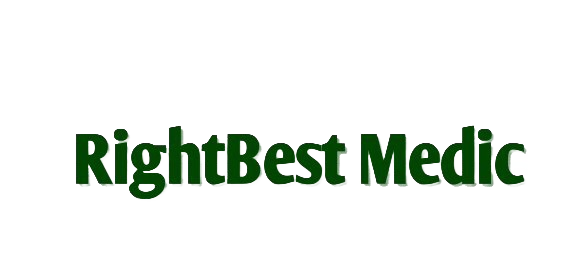Cupping Therapy on Facial Paralysis
Share
Abstract and Figures
Background The aim of this study was to compare the effects of different cupping therapy methodscombined with Korean medicine treatments for peripheral facial paralysis. Methods 105 patients treated for peripheral facial paralysis with cupping therapy and other Korean medicine treatment at Gil Korean medicine hospital, Gachon University between May 19, 2014 and June 30, 2018 were selected and their medical charts retrospectively analyzed. 48 patients who met the inclusion criteria were divided into 2 groups: wet cupping (WC) therapy, or dry cupping (DC) therapy combined with Korean medicine treatment. The duration of treatment ranged from 2 weeks for inpatient treatment to 2 months for outpatient treatment. Both WC and DC therapy were performed on TE13, 3 times per week during the treatment period. The effect of cupping therapy was evaluated by using the Gross Grading System of the House-Brackmann (HB score) and the Yanagihara’s Unweighted Grading System (Y score). Results For both WC and DC treatment of symptoms related to peripheral facial paralysis, HB scores showed a significant decrease and Y scores showed a significant increase from baseline to end of treatment, indicating a beneficial improvement in patient symptoms for both WC and DC. Conclusions In this study, both DC and WC treatment had significant improvements on peripheral facial paralysis symptoms, with WC having significantly greater beneficial effects than DC.
